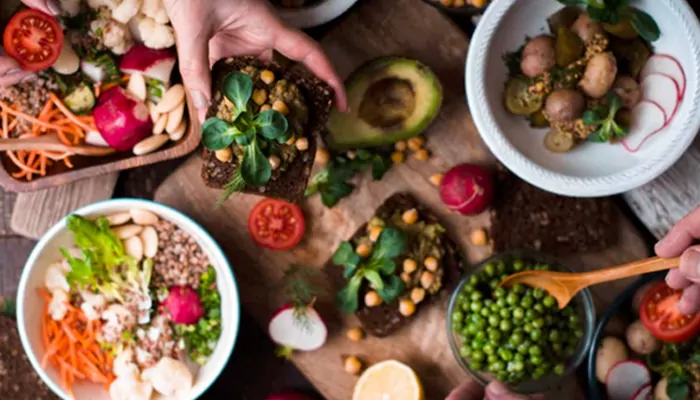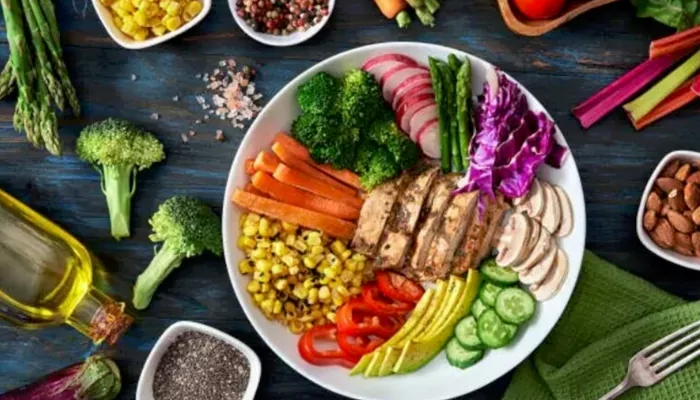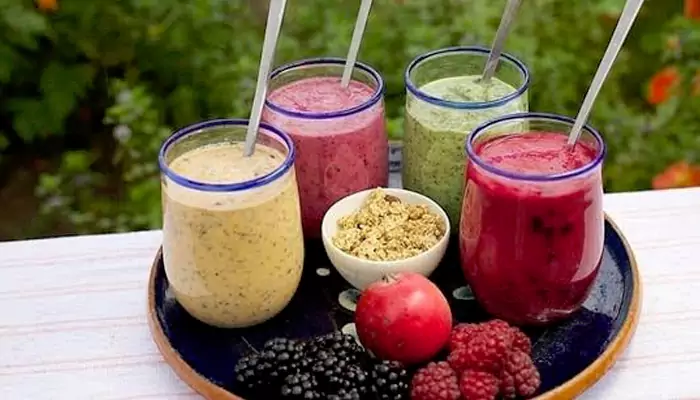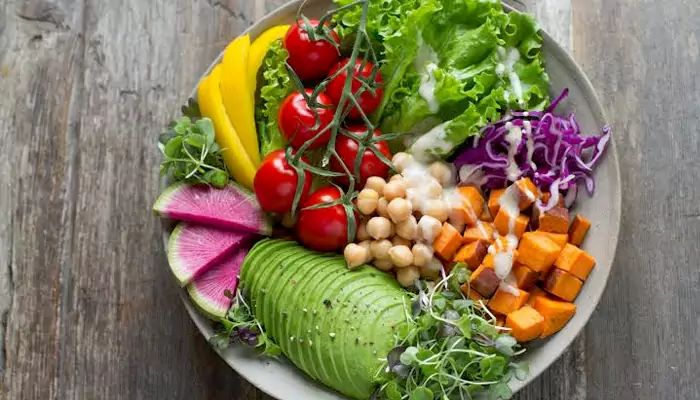Start Apartment Gardening With These Seven Essential Tips: Find Out What To Grow And How
- Satavisha
- 1 year ago
- 4 minutes read

No backyard? No problem. It's time to ace apartment gardening.
Limited space does not imply you cannot enjoy the rewards of a garden. If you are bound by space, you don’t necessarily have to limit yourself to growing just houseplants. Consider growing perennials, annuals, herbs, succulents and vegetables—in cheery colours—on your patio or balcony. During the winter months, you can move most of your green babies indoors. This guide provides seven essential tips that can help you kick-start apartment gardening.
Choose a Nook with Ample Sunlight
Most flowering and fruiting plants need ample sunshine—6 to 8 hours of exposure to the sun daily. It may seem challenging in an apartment—especially in big cities where towering buildings might block the sun.
Roofs and balconies typically offer maximum sunlight. If you want to place your potted plants on a windowsill, either pick plants that need less sunlight—like herbs and salad greens—or use a grow light to imitate the sun's rays.
Invest in Essential Gardening Tools
Some essential supplies and tools for apartment gardening include pruners, gardening gloves, soil, seeds, pots and a garden hose or watering can. If you live on the higher floors and use hanging pots, choose your gardening materials mindfully. Use lightweight containers or invest in self-watering planters (if you frequently forget to water them or travel a lot).
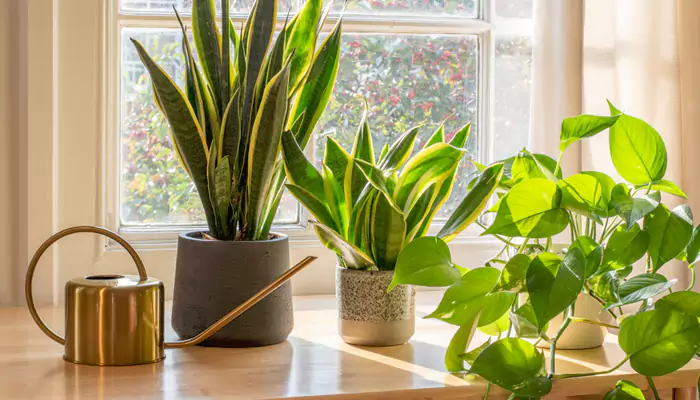
Be Mindful of the Weight
Containers filled with soil are already heavy, and once you water them, the saturated soil’s weight can double or triple. Ensure the location of your apartment garden can carry the weight of your pots. If you have window boxes, properly secure them to the windowsill. For gardening on the roof or balcony, consult your building board or landlord to learn about weight restrictions (if any).
Install Artificial Light for Apartment Gardening
Supplement with UV lights if your balcony or windows don't receive adequate sunlight. You can help your apartment garden thrive during short winter days by installing UV lights.
Grow lamps are available in a variety of shapes and sizes—and are affordable too—for small-scale gardening purposes. However, don’t overdo it. Overexposure to direct UV light can burn the leaves of your plants. So, test the exposure time to determine what world is best for each plant.
Save Space with Hanging Pots
If you live in a compact apartment with limited space, hanging plants can serve as an incredible solution. Hanging planters occupy the overhead space that usually remains empty. Some popular hanging plant options include the low-light-tolerant, tropical philodendron and pothos. These plants grow hanging shoots that can boost the visual appeal of your apartment. You may also consider growing hanging edible plants like cherry tomatoes or flowering nasturtiums.
Follow a Watering Schedule.
If you are a novice gardener, you might forget to water your green babies sometimes. Check the moisture levels of your plant by inserting your finger in the soil. However, following a watering schedule is the ideal way to avoid under or over-watering.
Look for signs to determine if your watering schedule is effective. Yellowing leaves typically indicate signs of overwatering, while bone-dry soil and dried leaves indicate underwatering.
Change the Soil and Pot At Least Once a Year
Over time, soil loses its nutrients. Nourish your plants with an organic fertiliser or worm tea, and top your soil with fresh compost to keep it nutrient-rich. Once every year, when your plants grow bigger than the size of their planters, you should re-pot them using fresh organic compost. You may use recycled pots to minimise waste production.
Don’t allow your compact apartment to dwindle your passion for gardening. Apartment gardening is a therapeutic and rewarding hobby. Start small—with a few pots—and your balcony might soon transform into a vegetative wonderland.

